The death of Ruth Bader Ginsburg has created an added importance to the 2020 Presidential election. It has changed everything. President Donald Trump only has two options: fill Ginsburg’s vacancy before or after the election. Nevertheless, he must fill this vacancy for the preservation of our republic. Preferably, Amy Coney Barrett needs to be the nominee.
If Trump Appoints a Justice After the Election
If a new justice is not confirmed prior to November 3, both conservatives and liberals will be energized to vote.
Before Ginsburg’s death, Bernie Sanders’ supporters were not energized. Many did not want to vote for Biden, because he is not as overtly radical in his socialist ideals. He is an establishment democrat and this is unsettling to a base that wants an outsider revolutionary. However, now that Justice Ginsburg is dead, they will flock to the polls to vote for Joe Biden. Their biggest concern will be the preservation of Roe v. Wade, along with LGBT activism.
Likewise, the already energized republican base will be even more mobilized with this added importance. Many will flock to the polls, including Catholics and evangelicals, for the destruction of Roe v. Wade and the preservation of Religious Liberty.
Furthermore, if there is a contested election due to the growing possibility of mail-in ballot complications, a case could appear before the U.S. Supreme Court. Already, we have four right-of-center Supreme Court justices with Chief Justice John Roberts as a moderate. We can trust Clarence Thomas, Brett Kavanaugh, and Samuel Alito to make a fair ruling, should there be any contest. Neil Gorsuch would also likely rule property.
This would place Chief Justice Roberts in the position of either ruling with the four justices or splitting the court 4-4. Roberts seems to be concerned about preserving his legacy. Ruling against four justices, splitting the court, and potentially plunging our republic into chaos would be out of his character. Therefore, presumably, he would side with the majority.
If Gorsuch were to vote with Sotomayor, Kagan, and Breyer, Chief Justice Roberts would likely join them.
If Trump Appoints a Justice Before the Election
If President Trump appoints a justice before the election, he will risk alienating moderate voters. Republicans voters ideologically like Susan Collins and Lisa Murkowski would frown tremendously on the appointment.
Already, Senators Collins (R), Murkowski (R), and Mitt Romney (R) have stated on record that they will not vote for Ginsburg’s replacement ahead of the November election. This means that the senate would be presumably split with 50 nays and 50 yeas. Vice President Mike Pence would have to vote in order to break the tie. Therefore, Trump’s appointment would be placed on the Supreme Court by one single vote.
Following this scenario, there would be expected fallout. Liberals would be enraged. Many would become spiteful. However, many Bernie supporters would be defused, as there would be no reason to vote for Joe Biden. The only group that Trump would have to be concerned about are moderate voters.
Sen. Martha McSally (R-AZ), Sen. Thom Tillis (R-NC), Sen. Steve Daines (R-MT), Sen. Joni Ernst (R-IA), Sen. Cory Gardner (R-CO), and Sen. David Perdue (R-GA) could potentially be at risk of also alienating moderate voters in their states, losing their seats. These races are already close, and casting controversial votes could weaken their chances of re-election. If they were to vote against Trump’s appointment, this would completely doom their chances at re-election, as this would alienate their core, Trump-faithful base.
Conclusion
Regardless of which decision President Trump makes, he must fill the Ginsburg vacancy. There are significant risks with whichever decision President Trump makes. If Trump were to wait until after November 3 to make an appointment, this would intensify the amount of respect that moderate voters have for him and could result in favorable benefits. This would especially be an attractive, respectful gesture to voters in Minnesota, a state that Republicans are hoping to flip. Likewise, this would also be appealing to moderates in the rust belt states of Michigan, Wisconsin, Ohio, and Pennsylvania. The greatest risk is a highly energized Democratic base, including Bernie Sanders’ supporters, that want to secure Ginsburg’s seat. Therefore, if President Trump were to select this option, his hope would be to woo enough moderate voters to surpass Sanders’ supporters.
If Trump would happen to lose on November 3, Sen. Mitch McConnell would need to reconvene the Senate and mobilize Republican senators to vote for Trump’s judicial nominee. If this would occur, Trump’s last major act as president would be to fill Ginsburg’s vacancy. In 1954, the Senate returned at its earliest on November 8th.
If the election is contested, goes to the Supreme Court, and the justices rule against President Trump, he can always run again in 2024. Furthermore, he could justify the use of this appointment as a means of retaliating against an unjust outcome. This would play favorably with his base and likely overall with the American people.
It is a difficult decision and all scenarios have tremendous risks with substantial consequences.

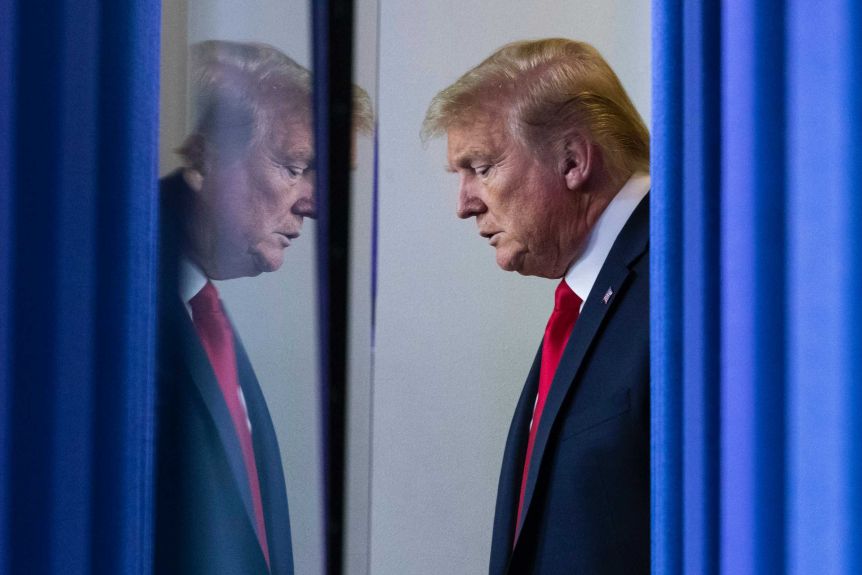

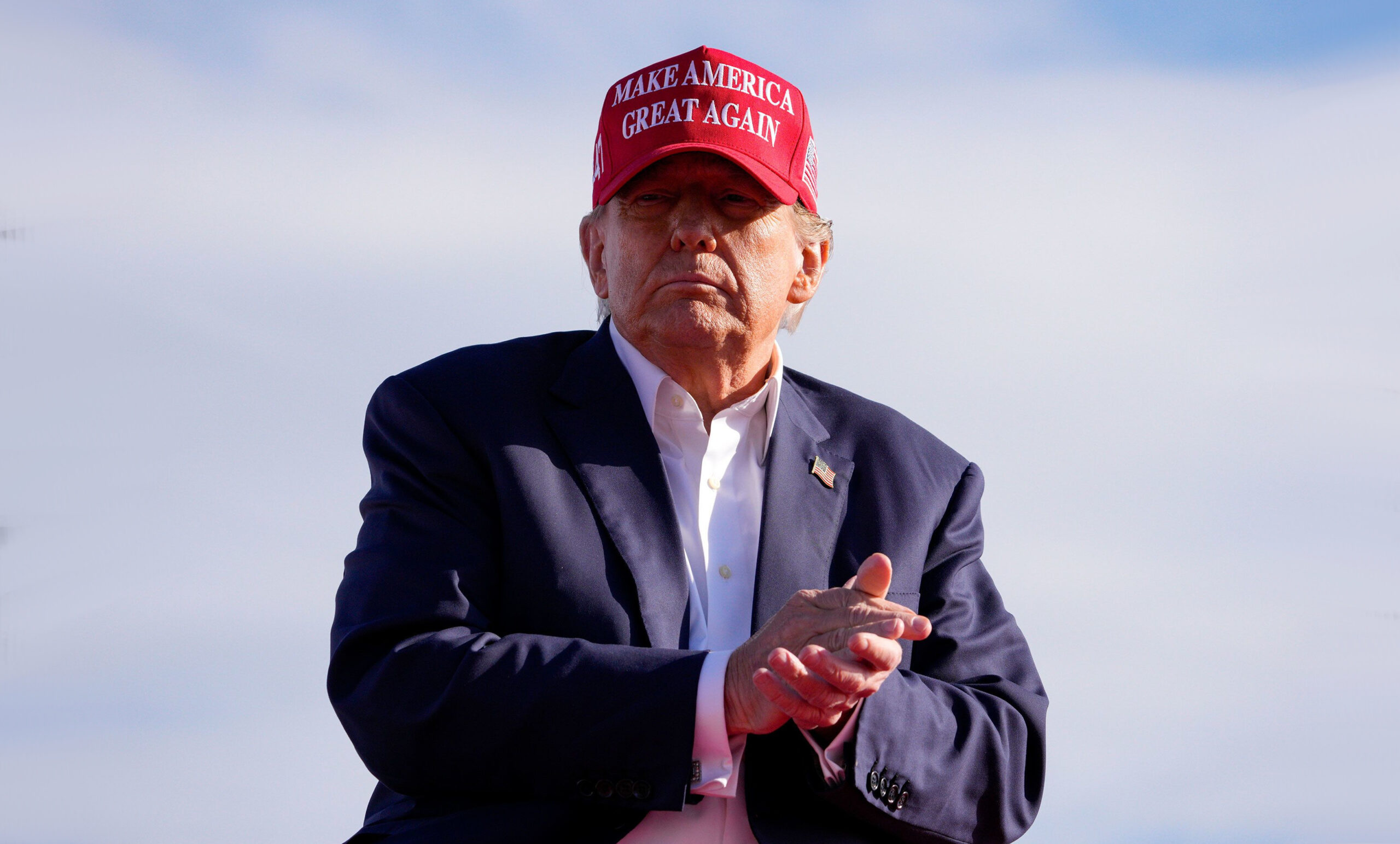
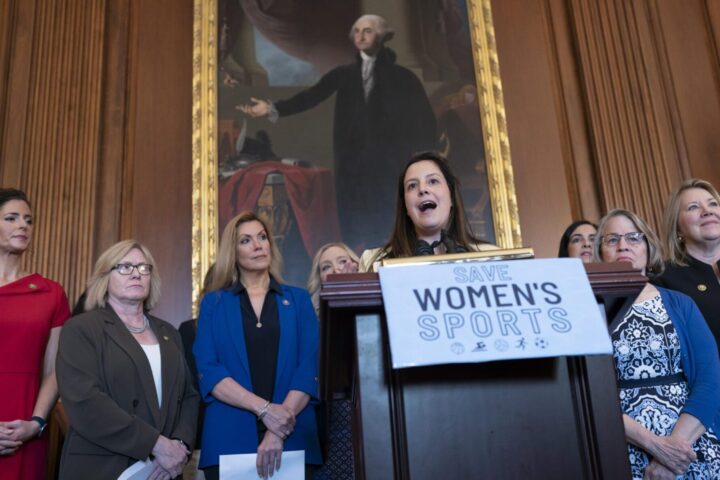
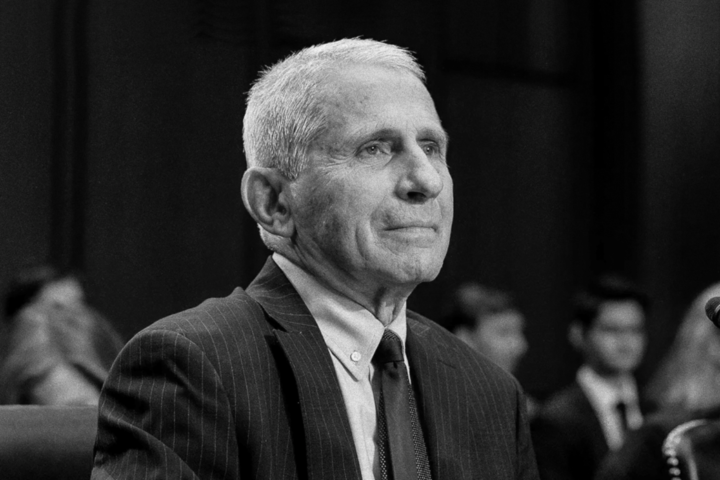
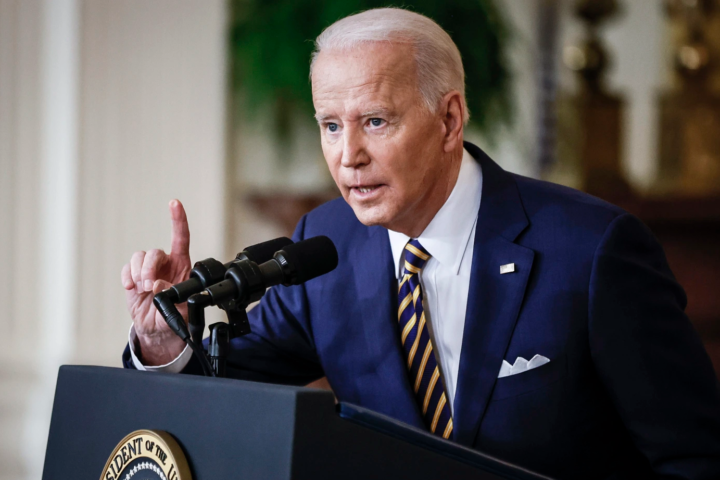
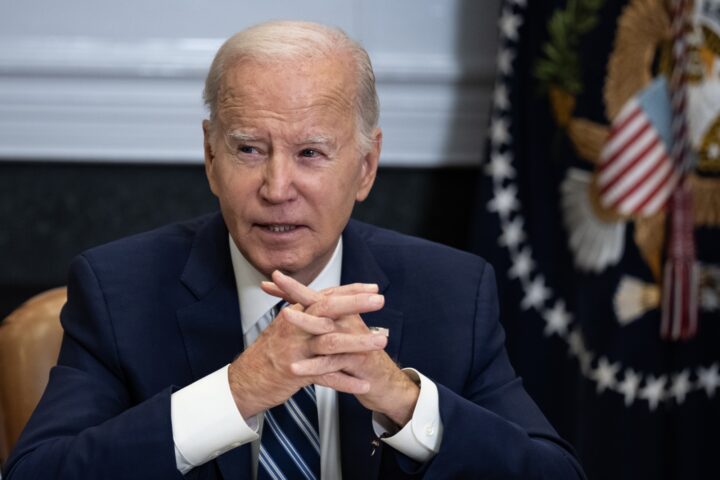



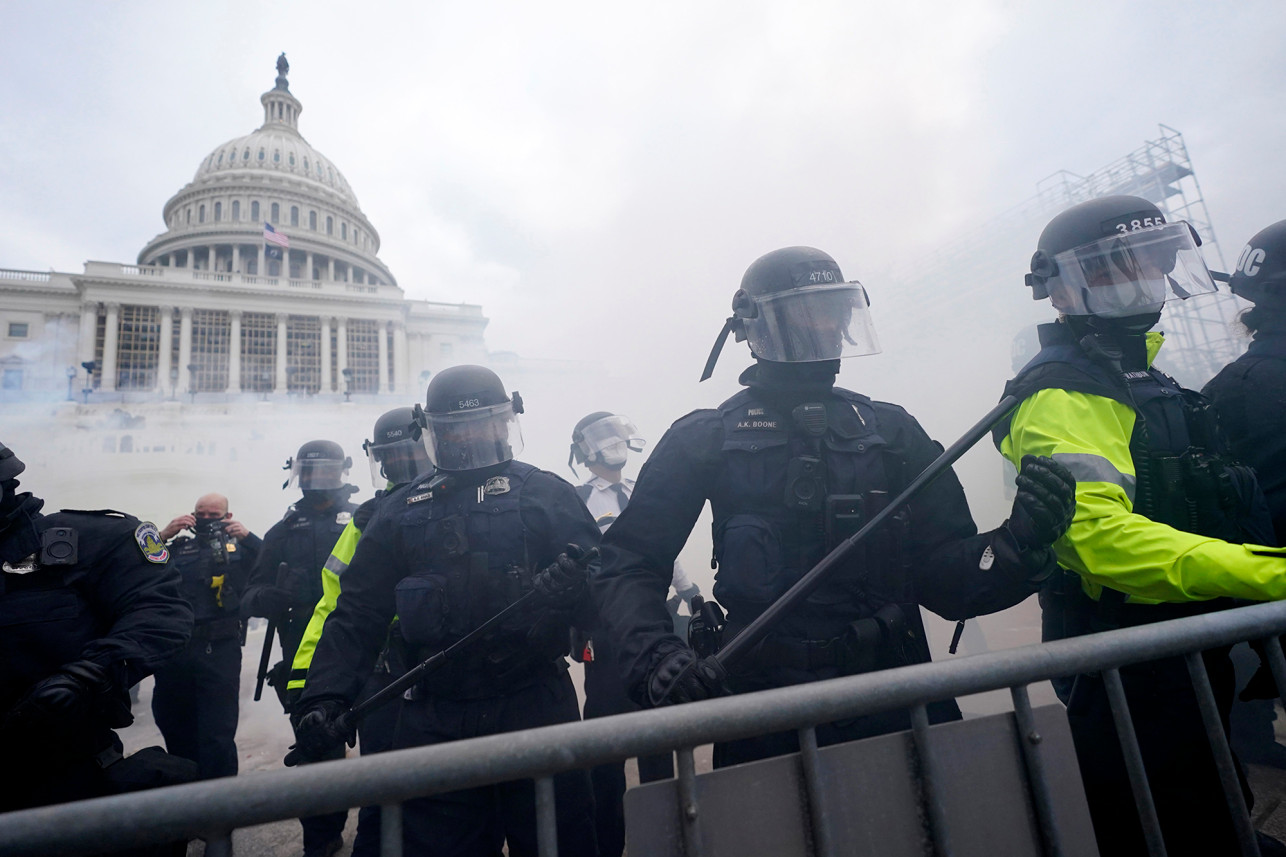
Follow